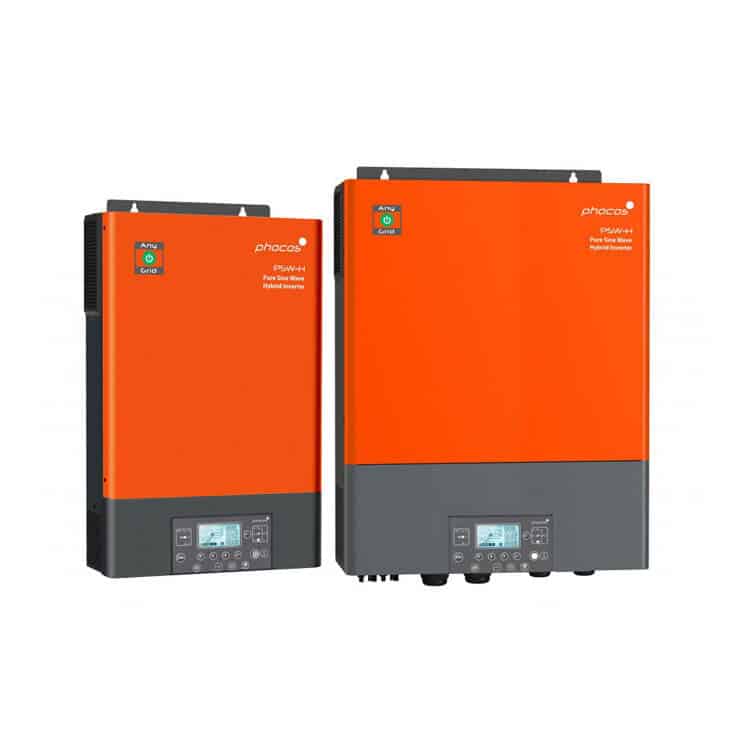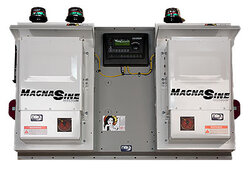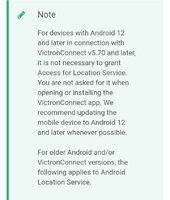Rednecktek
Solar Wizard
I put the 2Kw version of the Ionic AIO in my camper, they also sell a 3Kw version. I like it a lot and it does about everything I ask for. I just wish it would do more charging from the 120v because 35a isn't much for 560Ah worth of batteries.Which inverter is this? I don't need an MPPT but 12V, 3Kw and LF would work in an application I have.
Nope, the requirements are "First Born Child" so the nephew isn't going to work. However, it doesn't have to be YOUR first born child, so that annoying neighbor kid with the pimped out Honda Civic just got a bit more interesting.so trade a niece or nephew... barring that grab a rando off the street and barter!
There were some units like the MPP-5048 that you could put a jumper between the L1 and L2 input and charge the batteries from a 120v source, but I understand that feature isn't working in the newer units. I don't know what the output from that would do though, Will found out about it in his video on that unit and the BigBattery.The input to the AIO from a 120vAC source would work to charge from is the gist of my request. If a 240vAC input was available it would work normally.
Nope. I love being cut off from the world for 6+ months at a time, limited internet access, questionable food, no days off, and the same 20 faces every single day plus the normal corporate BS that everyone has to deal with.You don't get much sarcasm out on the boat, do you? Must be a long cruise.
I'm that "special" kind of crazy.






